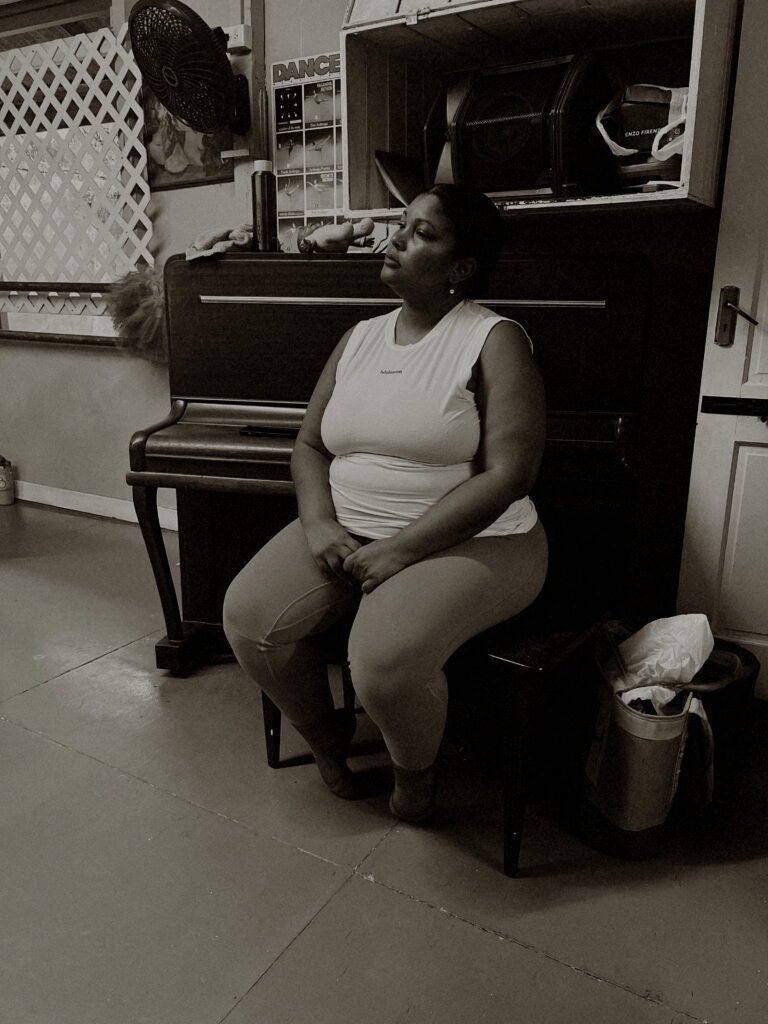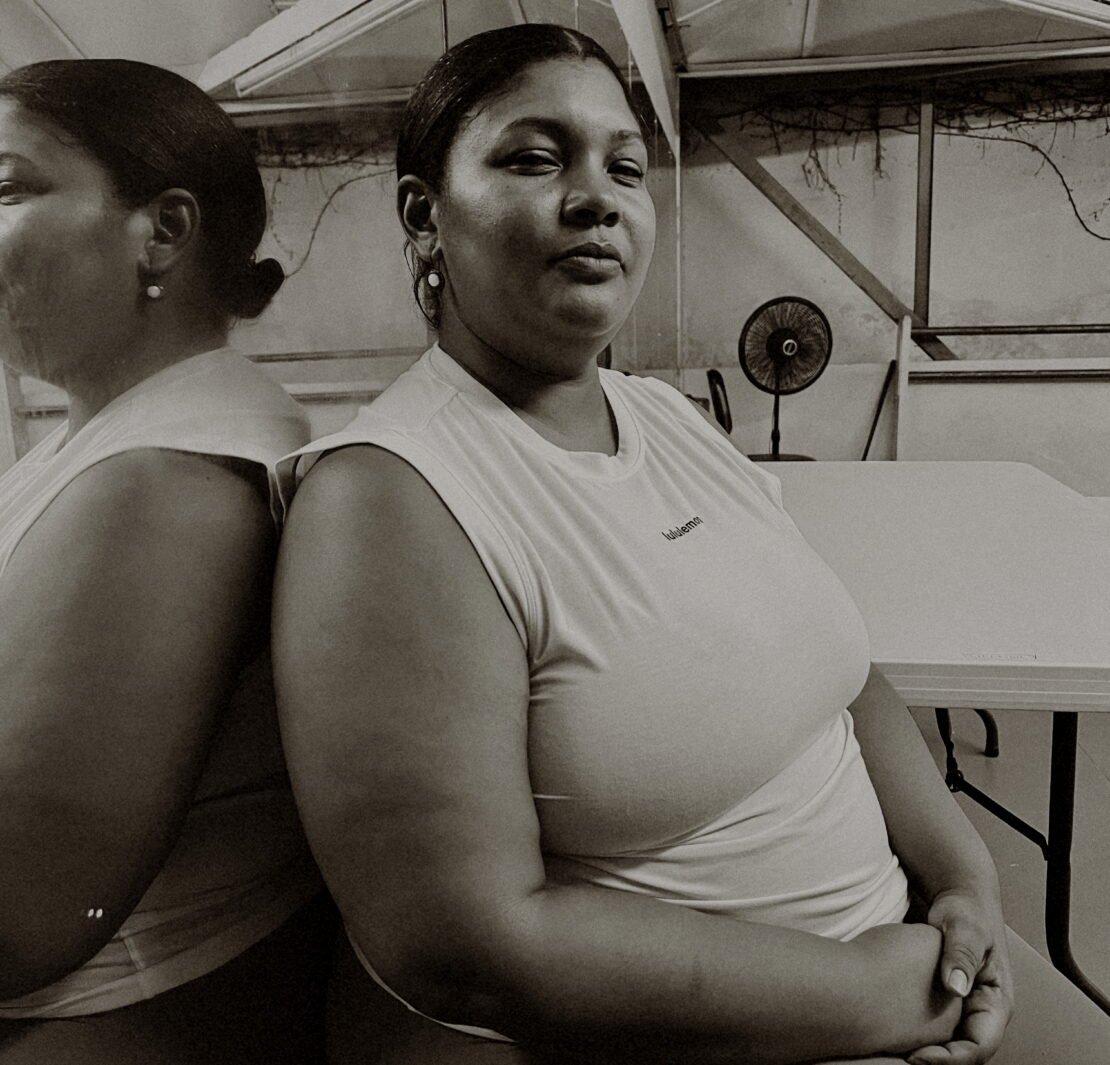Bridgette Wilson is firmly in charge.
She sits in front of a closed piano – feet crossed at the ankles, toes pointed, chin up – solemnly watching her students go through another run of Act 1 for The CoconutCracker. It’s her brave, boldfaced, Trini take on The Nutcracker ballet, by George Balanchine, for the Caribbean School of Dancing’s Fantasy in Dance 2025 performance – happening this weekend (November 15 and 16) at Queen’s Hall.
With just about two weeks to go before the show opens to the public, I watch her guide the rehearsal. Her voice rings out over the music, loud and crisp, as she half-sings, half-commands the corrections, while tap-tap-tapping her hand against her thigh. She knows every step, every move, every count, with or without music, and her focus is so unremitting that I can’t help but sit up straight. A reigning figure on the Caribbean dance scene, and principal of the Caribbean School of Dancing, Wilson is one of those social luminaries that can easily channel a degree of cultural ESP; offering the audience whirling, twirling, distilled versions of ourselves, with a body of work that remains inspiring and distinct.
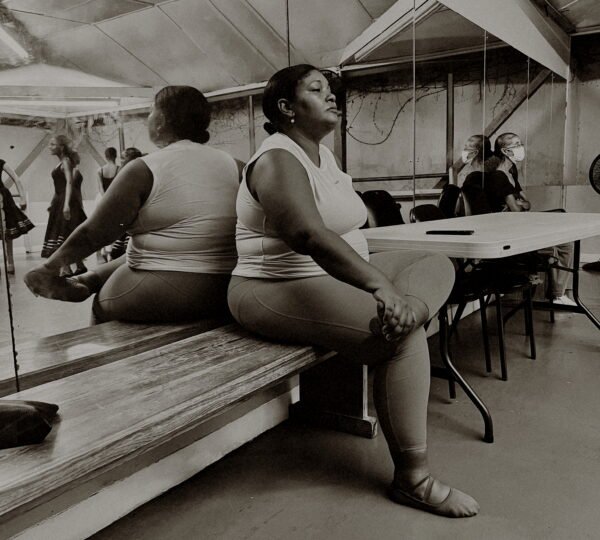 Soon, there’s a break in the serious ‘Miss’ face. The students beautifully execute a certain sequence, and she smiles, beaming proudly.
Soon, there’s a break in the serious ‘Miss’ face. The students beautifully execute a certain sequence, and she smiles, beaming proudly.
When you’re in panic mode you tend to be blind to the good things,” she offers softly.
The back studio on Dere Street is Wilson’s no-nonsense temple of choreography, and as the young dancers flit about under the fluorescent lights, it’s hard to tell if she’s nervously nursing any indecision. Certainly, the weight of reinterpreting something as sacrosanct as The Nutcracker, especially strapped with expectations, and what it might beget, isn’t lost on Wilson. It’s a powerfully contemporary statement about how classic ballet can blend seamlessly with Caribbean culture. Swapping sugar plums for sugarcane, this version turns the idea of European ballet on its head, wrapping it in meaningful rituals of decolonisation and Trinibagonian grandeur. For Wilson, all of this is important: the representation, the skin-coloured pointe shoes, having Moko Jumbies and steel pan playing live. But also, she just loves The Nutcracker. It’s the ballet that made her fall in love with ballet. It’s the ballet that sealed her fate.
Still, while it’s the type of creative feat that teeters on the edge of sheer brilliance, it’s also the type of undertaking that’s coated in layers of doubt. But this is expected. Normal, even. It’s a well-known signifier of creativity. You don’t get to be Bridgette Wilson without it.
During a break, we chat about the show, its ongoing preparations, and this brave, brilliant thing she hopes will live forever…
On reimagining The Nutcracker classic…
Some things happened naturally, and then some things were very intentional. It’s very much still using a ballet base, knowing that Caribbean School of Dancing is primarily a ballet school, but also using that ballet base to tell us a familiar story in terms of The Nutcracker – but in the context of Trinidad and Tobago. In particular, you have the different bits of music that represents, the Spanish, the French, the Chinese, etc. And so we tussled a lot with which direction to go with this. Do we go with food? Do we go with flora and fauna? Do we go with culture? Do we go with the people that came? We didn’t want to leave anybody out if we did the people that came. And we also didn’t want to misrepresent anybody… Instead, we did things that brought us joy, that still have some connection to the music and some connection to the story, but again, in a Trinidadian context. So, instead of the Sugar Plum Fairy, we’ve gone with the Sugar Cane Fairy. Instead of the Waltz of the Snowflakes, we have the Storm of the Saharan Dust and things like that.
So we see where the flowers were represented. In The Nutcracker, we have the poinsettia. We have the sorrel. We have all these different things. We have birds that we would see locally, and we have a swamp – like there’s no swamp in the Nutcracker, but we’ve created a swamp in the Coconut Cracker – and so we’ve brought Trinidad to the Nutcracker [and kind of seen how we can blend the two]. And then we figured… how else can we include our culture? And that’s where we have Moko Jumbies. I’m not going to say what the Moko Jumbies are doing, but we have Moko Jumbies. What was the biggest dream for me – and I’m so happy that it’s being realised, at least to some extent – was… for me, this was only going to work if we had live steel pan accompaniment. To me, we can’t be trying to recreate this… this Nutcracker in a truly local sense, without celebrating our national instruments and without doing this to live pan; although, it’s not played for the entire show, I won’t tell you which parts it’s played for.
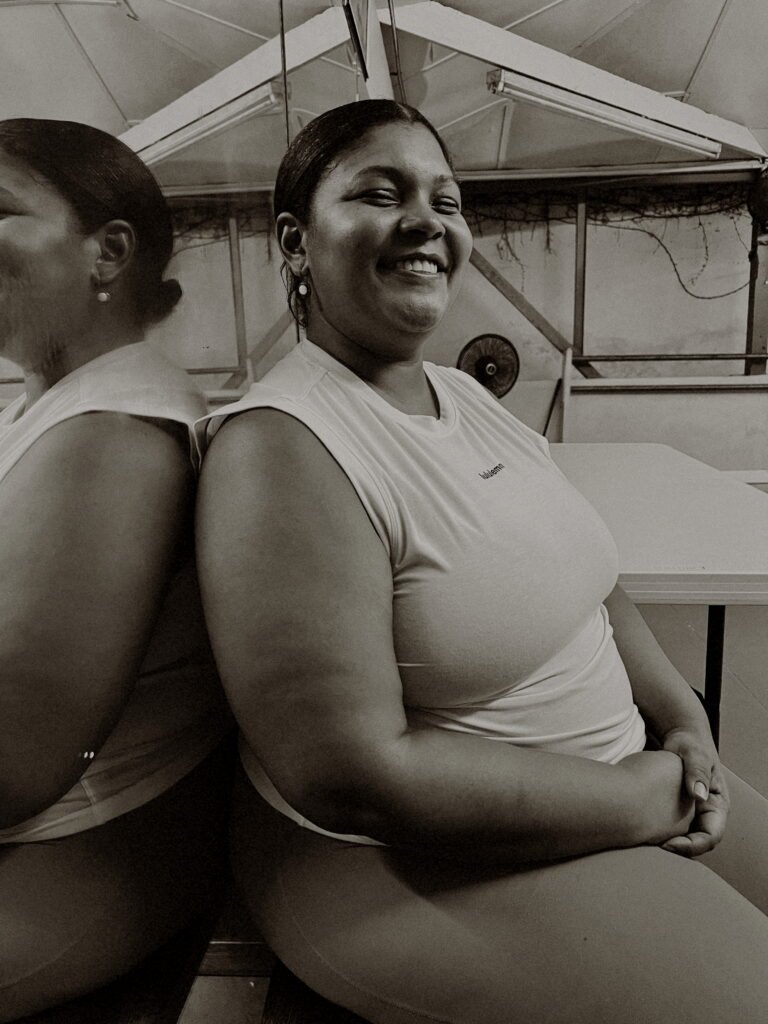
On what it has been like to bring this show to life…
Stressful. Whose idea was this, to do this? Whose idea was it to take something as majorly globally recognised as the Nutcracker, and not just try to restate it, but re-imagine it in a local context? Whoever came up with this idea is a brave and chaotic person, and her name is Bridgette Wilson. So how has it been? It’s been very exciting. Honestly, there are days when I am like, what am I doing? Why did we do this? Why did anybody agree to do this? Why did nobody talk me out of this? And then there are days like, wow, this is really going to come together. I can’t believe this is actually happening. I can’t believe we got the pan, I can’t believe we got the Moko Jumbies. I can’t believe I finished all of this choreography in this amount of time.
And then something happens, and you go, Oh, but this isn’t working. This choreography isn’t done, or this section needs a lot of work. And there’s a huge weight on my shoulders, if I’m being very honest, because I don’t know how it’s going to be perceived. I don’t know how it’s going to be, you know, I don’t know what the end result is looking like as yet. Like I’m seeing it, it’s coming together. And I’m one of those people. I don’t really get excited about a piece and about a show until it’s on stage and every box is ticked and every costume is made. And because there are so many moving parts between graphic design… there’s the costuming, and there are so many costumes, because there are so many parts, and there are so many dancers, and there are so many details that we want seen.
You know, the anxiety is stepping in, and the fear and the nervousness. And the how are people going to see it, and what is the rest of the dance community going to think? And now maybe I’m being way too honest even answering this question, but the fact of the matter remains that I think this is probably the bravest thing I’ve ever done in my life, and the most boldfaced thing. Like, who said I was good enough to… to reimagine the Nutcracker? Like, the Nutcracker in Trinidad and Tobago? Who said that it should be done this way? There’s everything to be done. There’s everything to keep doing. And so on paper, everything is great right now. Like, yes, we have this and we have that, and this is exciting and that is exciting. And in practice, you know, yes, there are things happening, but to say that I don’t feel the weight of it would be a lie. Like it genuinely… it’s keeping me up at night. But it’s going to happen, because it’s always going to happen.
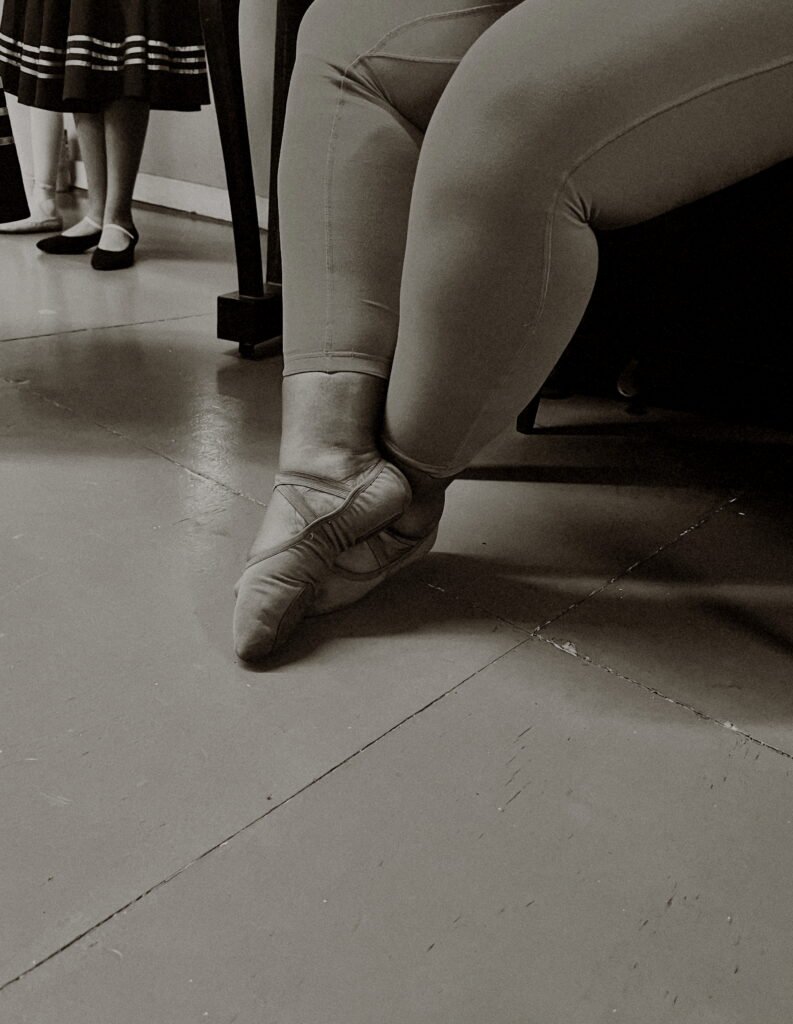
On self-doubt and perfectionism…
It’s unbelievable, really, how much in one minute you could believe in something so intensely so wholeheartedly… Like, nothing anybody can say could change your mind that this is great, and this is a wonderful idea, and yes, I’m going to do this. But then, who told me I was good enough to do this? Like who told me that any of your work is worthy, and why should I believe the people that have told me that before? Why should I believe the people that have congratulated me for the things that I’ve done, or the great pictures that I’ve seen, or the awards that have been given, or the proof that, you know, maybe some of it is actually good? Like, why should I believe that? And I’m seeing it, you know, because I’m questioning myself in this moment. Why should I believe any of that? Like, why should I believe that you want to do this interview with me? And it’s hard and it’s horrible, and I wish we didn’t have to deal with self doubt. I wish we could just all create with the audacity that exists in people other than myself.
On the impact of Patricia Roe…
I refer to her as the late great Pat Roe. She is 100% still alive in the back studio of Caribbean School of Dancing, and no one can tell me any differently, because she speaks through me. So I love the back studio. I can only choreograph in the back studio. But I also love to teach in the back studio. I just feel like that is the life of the school, like the whole… that is the heartbeat of the school at back studio. And so even on my most very tired days, I come alive in the back studio, and that connects me to Miss Roe. Miss Roe is there. There are days when I’m teaching, and I could very clearly see… like, I’m teaching an exercise that she would have taught me. And I very clearly envision myself in, you know, seeing her on the side of the teacher’s side, and me in the in the middle, dancing, or with other friends there. And, you know, I’m hearing her talking to me, but the words are now coming out of my mouth while I’m speaking to these students, and the corrections are coming out. And – it’s going to sound so crazy, I know – but, sometimes I’m seeing these corrections. I’m like, this is not me speaking like, this is Miss Roe, and she is teaching through me, and I 100% appreciate it. It doesn’t scare me in any way. It’s actually quite comforting. Because sometimes I might be like, am I really going the wrong… am I saying the right thing? Is this really how I’m trying to get this done? And so she starts speaking, and I’m like, okay, this is great.
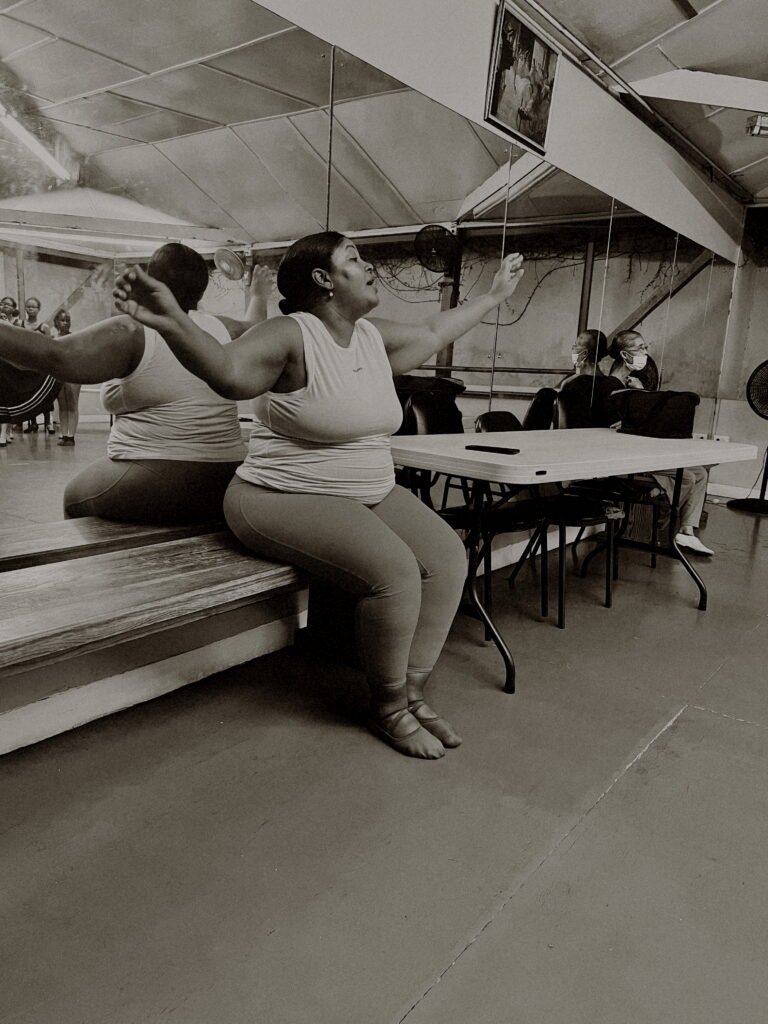
And so in a very strange sense, she has taught me the most about teaching dance in particular; and crafting dance in particular; and ballet in particular, in the context of ballet in the Caribbean and ballet in Trinidad and Tobago. Having seen her work and how she produced it for Caribbean School of Dancing in these shows, and now having the opportunity to myself bring ballet in a local context for the school and for these shows, I think there’s no way for me to deny that she has taught me a lot before her death, and even in her passing, and in however she shows up for me [in, you know, her spiritual realm]. I continue to learn a lot from her and her teaching in my capacity right now. My first full length ballet for the school would have been Island in The Sun, which I think was in 2018 [which is]… one year after I came back and was one year into my principalship, and I dedicated it to her for many reasons. She was retiring at the time, and I wanted to show how much her work in finding that very unique way of combining Trinidadian culture with the great European ballet together… and so, Island in The Sun. And, you know, sometimes she just visits. Sometimes she just, you know, sometimes we have little bird visitors, and she knows that I’m not a bird fan in terms of them being close to me. But she comes in very calmly, and so the birds don’t scare me when I think it’s her. But she kind of looks over me and looks over what I’m doing in so many ways.
On the responsibility she feels when creating…
In this particular instance, I feel severe, significant, sleep-risking responsibility. Because, again, it’s the Nutcracker. And it’s the Nutcracker being reimagined in Trinidad and Tobago. And I know others have done the Nutcracker, but I don’t know that they’ve done it in the way that we are trying to, you know, reshape or retell the story in our own way. And I think it’s important. I think why I feel so responsible, it is important to let the dancers understand the significance of what we’re doing. I feel it’s important for them to see themselves or their country within this story, and to understand how important it is to have that type of representation. And to have something that they’ve committed so much of their time to and so much of their lives to, just in the world.
